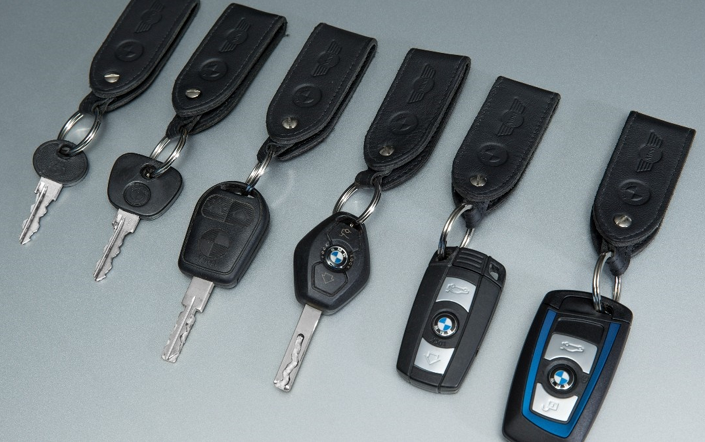Unlocking the Mystery: A Comprehensive Guide to Key Fobs


In the evolving landscape of automotive technology, one term that frequently emerges is “key fob.” Often a small, unassuming device, the key fob plays a significant role in modern vehicle access and security systems. In this comprehensive guide, we delve into the intricacies of key fobs, exploring their functionality, evolution, and the convenience they bring to our daily lives.
Understanding the Basics:
A key fob, short for “frequency operated button,” is a compact, handheld device that communicates wirelessly with a vehicle’s onboard computer. Contrary to traditional metal keys, key fobs are equipped with electronic components, enabling them to perform various functions beyond merely unlocking doors.
Evolution of Key Fobs:
- Early Days: Key fobs made their debut in the 1980s, primarily serving as a remote keyless entry system. Motorists could unlock their vehicles with the press of a button, eliminating the need to insert a key into a lock.
- Advanced Features: As technology advanced, so did the capabilities of key fobs. Modern iterations often include features such as remote engine start, trunk release, and even integrated car alarm systems. Some luxury vehicles boast key fobs with proximity sensors, allowing for hands-free entry.


Components and Technology:
- Transponder Chip: A crucial element within the key fob is the transponder chip, programmed to communicate a unique code to the vehicle’s immobilizer system. This code verifies the fob’s authenticity, ensuring that only authorized fobs can start the engine.
- Radio Frequency Identification (RFID): Key fobs utilize RFID technology, enabling wireless communication between the fob and the vehicle. When a button on the fob is pressed, it sends a signal with a specific frequency to the car, triggering the intended action.
Key Fobs vs. Traditional Keys:
- Convenience: The primary allure of key fobs lies in their convenience. With the push of a button, drivers can unlock doors, start the engine, and even open the trunk remotely. This streamlined process enhances ease of use in our fast-paced, modern lifestyles.
- Enhanced Security: The integration of transponder technology enhances vehicle security. The unique code transmitted by the fob adds an extra layer of protection against unauthorized access and key duplication.
Common Issues and Maintenance:
- Battery Replacement: The power source for key fobs is typically a small coin-cell battery. Regularly replacing the battery ensures uninterrupted functionality. Some key fobs provide low battery warnings, while others may gradually lose effectiveness.
- Programming Issues: If a key fob is lost or a new one needs to be added, reprogramming may be necessary. This process often involves specific sequences of actions or may require professional assistance.


The Future of Key Fobs:
As automotive technology continues to advance, key fobs are likely to evolve further. Integration with mobile devices, biometric authentication, and enhanced connectivity features may become standard, offering an even more seamless and secure user experience.
In conclusion, the unassuming key fob has transformed the way we interact with our vehicles, bringing unparalleled convenience and security to the palm of our hands. As technology continues to push boundaries, the key fob remains a key player in the evolution of modern transportation systems

